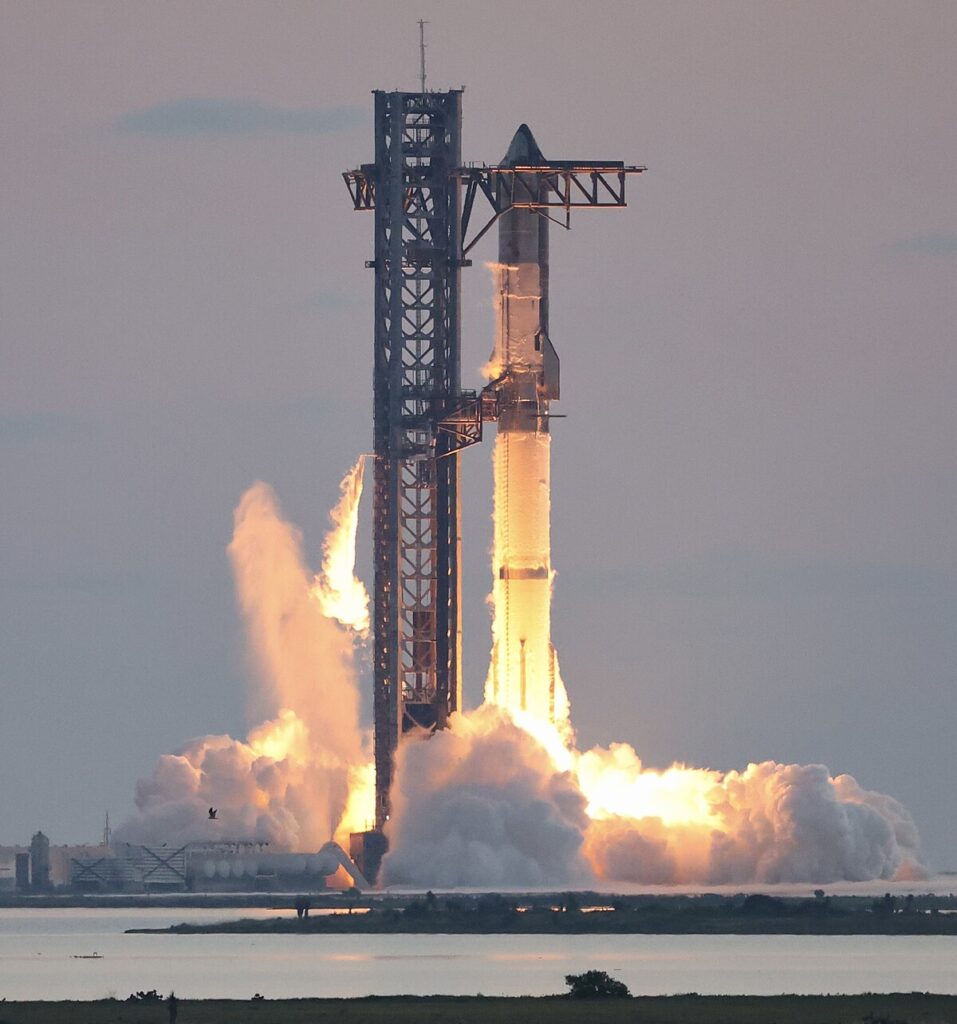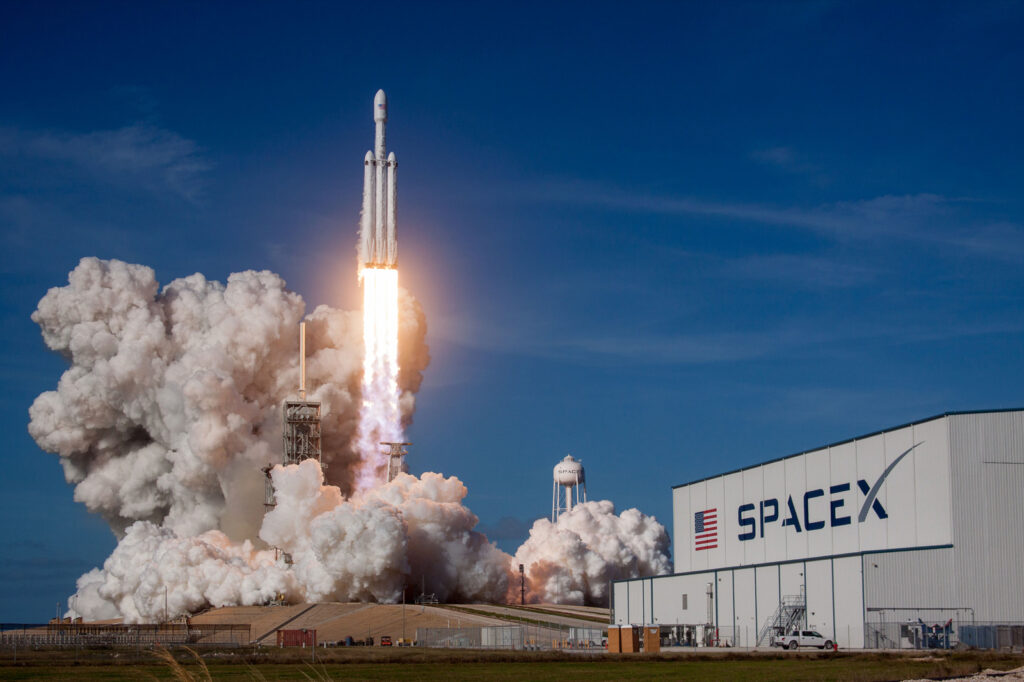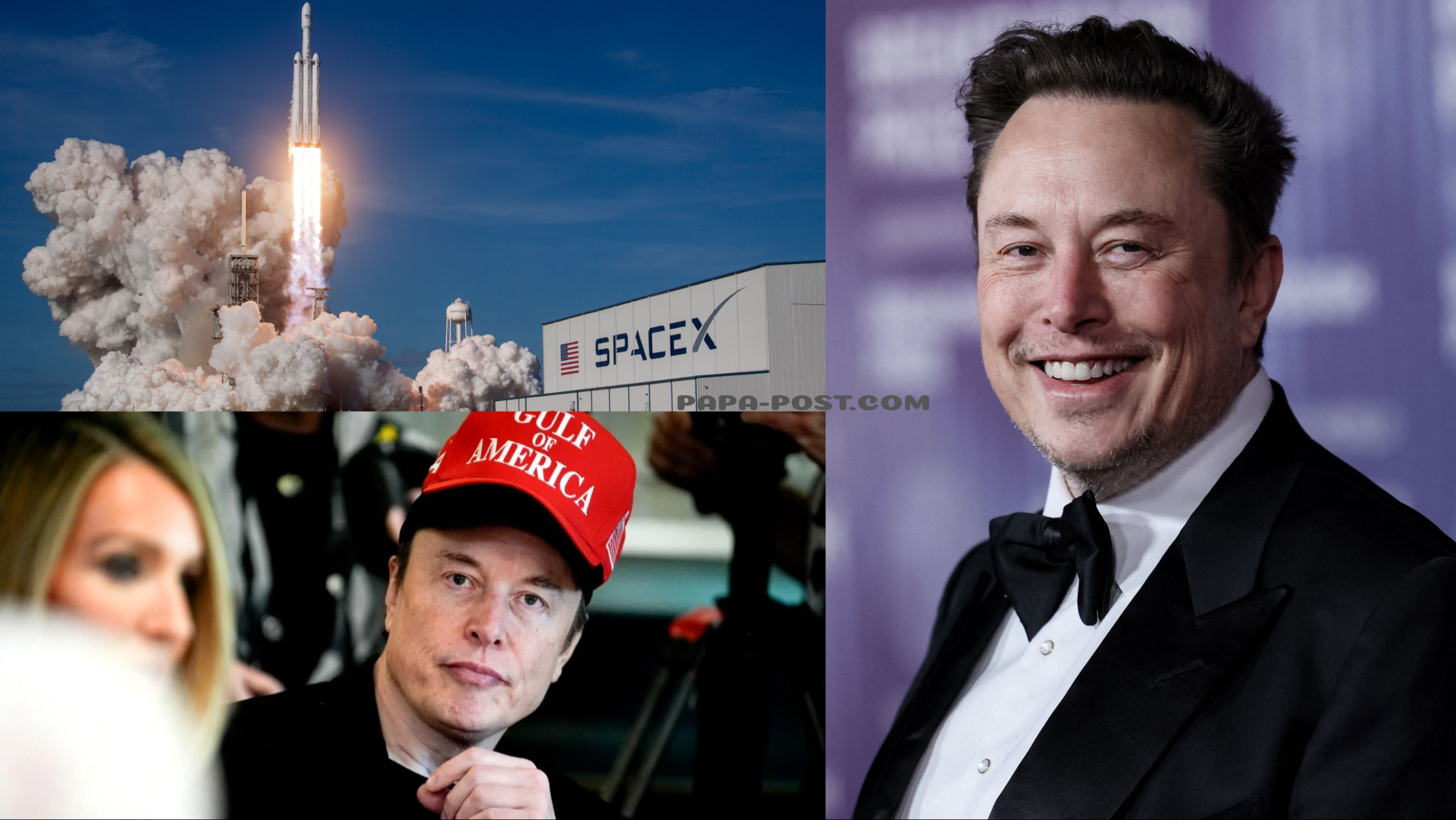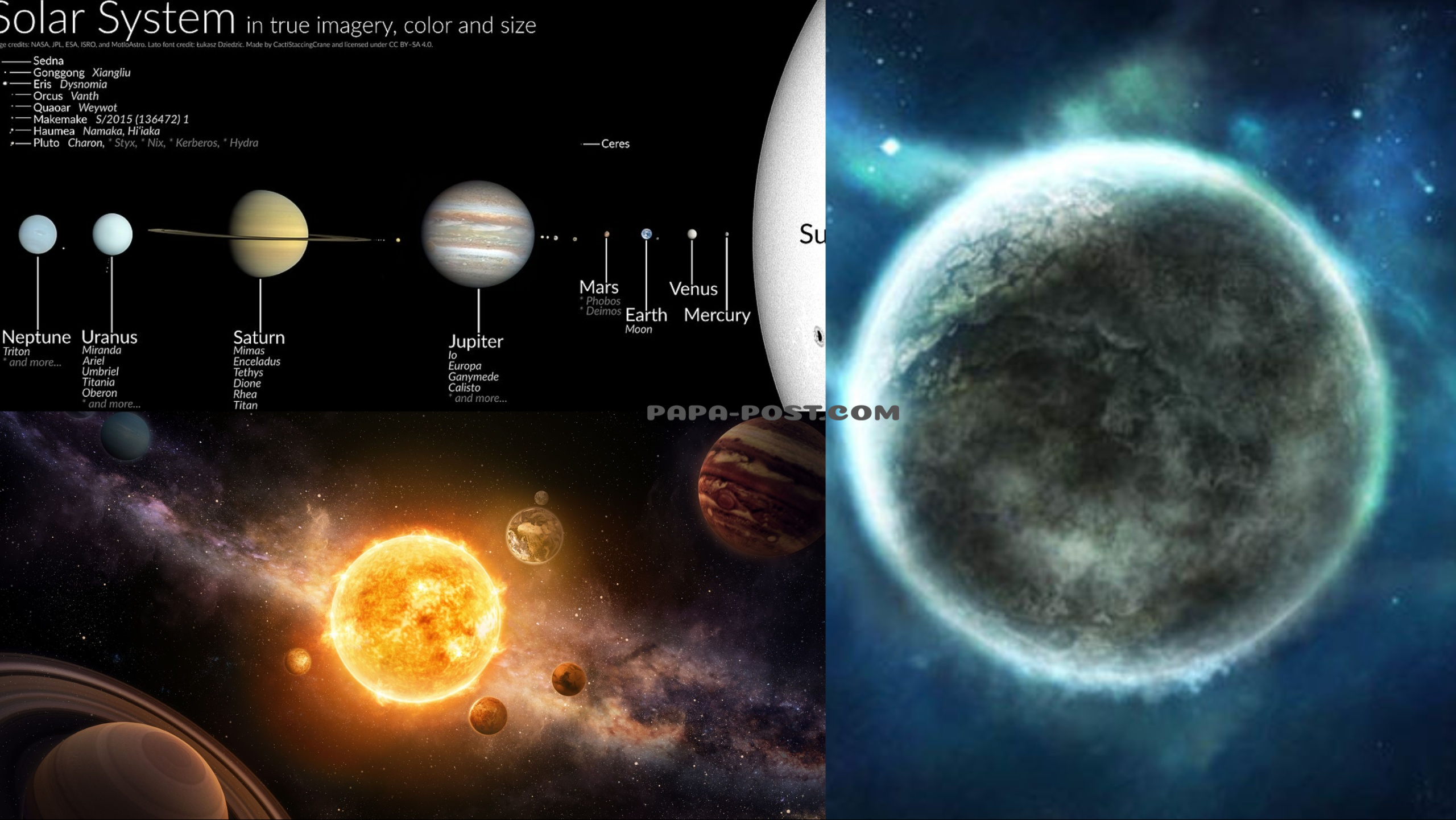Introduction
In the annals of history, few individuals have so radically redefined humanity’s place in the universe as Elon Musk. Known for founding Tesla, revolutionizing the electric car industry, and creating groundbreaking companies like Neuralink, The Boring Company, and OpenAI, Musk’s most audacious goal is not on Earth at all—it’s on Mars. Through SpaceX, his aerospace company founded in 2002, Musk has championed the idea of making humanity a multiplanetary species, with Mars as the first destination.

As of the mid-21st century, his dreams have moved from science fiction to real-world engineering. With the rapid evolution of launch technologies, spacecraft capabilities, and life support systems, the path to Mars no longer seems like fantasy—it appears inevitable. This article explores the vision, progress, challenges, and future of Elon Musk’s Martian endeavor and its broader implications for humanity.
1. Elon Musk’s Vision: A Multiplanetary Civilization
Musk’s interest in Mars stems from his belief that a single-planet civilization is dangerously vulnerable to extinction events. Whether from nuclear war, asteroid impacts, pandemics, or AI rebellion, the future of humanity on Earth is uncertain. A colony on Mars would act as a backup for civilization—a kind of planetary insurance.
Musk famously stated:
“I want to die on Mars. Just not on impact.”
His plan involves building a self-sustaining city of a million people on Mars. This would include food production, energy generation, water recycling, oxygen supply, and a functional economy. It’s not just a scientific outpost, but a true Martian civilization.
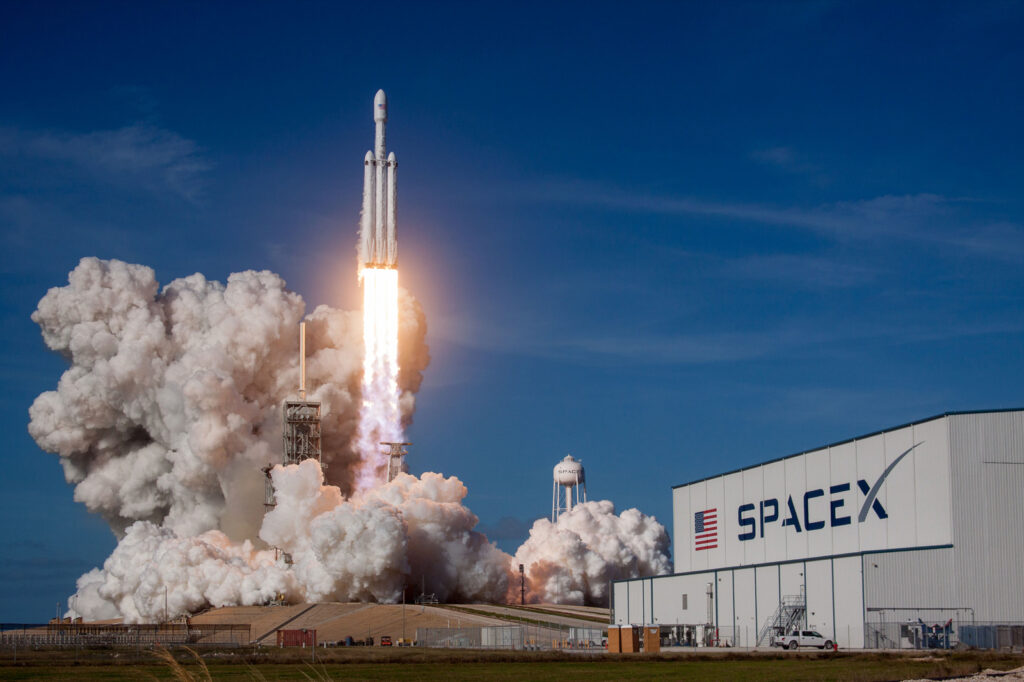
2. The SpaceX Architecture: Starship and Beyond
At the core of Musk’s Mars strategy is Starship, the fully reusable, heavy-lift launch system designed to carry humans and cargo beyond Earth. The ship has gone through various prototypes and high-altitude tests, and full orbital flights are becoming increasingly routine in the late 2020s and early 2030s.
Key Features of Starship:
- Reusable design: Dramatically reduces the cost of space travel.
- Payload capacity: Can carry over 100 tons to Mars.
- Life support: Designed for up to 100 people on long-duration spaceflights.
- Fuel system: Uses methane and liquid oxygen (LOX), which can be produced on Mars via in-situ resource utilization (ISRU).
Musk’s goal is to launch multiple Starships per day from Earth and establish a cargo pipeline to Mars. As of the 2030s, he envisions launching massive fleets during every favorable Earth-Mars alignment (about every 26 months).
3. The Journey to Mars: Timeline and Milestones
Early 2020s to Mid-2030s: The Development Phase
- Starship reaches orbital capability.
- Uncrewed cargo missions begin sending habitats, rovers, solar arrays, and fuel production equipment to Mars.
- SpaceX partners with NASA and other space agencies for support.
Late 2030s to 2040s: Human Landings
- First crewed mission lands on Mars with a small team of astronauts and scientists.
- Establishment of the first Mars Base Alpha.
- Focus on building greenhouses, refining water extraction, and testing closed-loop systems.
2050s: A Martian Town Emerges
- Hundreds of settlers arrive.
- 3D-printed habitats and Martian concrete allow the building of permanent structures.
- Schools, labs, medical centers, and even entertainment venues start to appear.
2060s and Beyond: Toward a City of a Million
- The colony becomes self-sufficient.
- Martian culture begins to diverge from Earth-based traditions.
- Terraforming discussions become serious, with small-scale experiments on altering Mars’ environment.
4. Challenges on the Road to Mars
While the dream is bold, the journey is fraught with immense challenges:
a. Radiation
Mars lacks a magnetic field and has a thin atmosphere, exposing inhabitants to cosmic rays and solar radiation. Solutions include:
- Underground habitats.
- Radiation-shielding materials.
- Development of pharmaceuticals or gene editing to enhance human resistance.
b. Gravity
Mars’ gravity is 38% that of Earth. Long-term effects on human health, reproduction, and development are still unknown.
c. Psychological and Social Issues
Living in confined habitats on a desolate planet could lead to mental health problems. There are risks of depression, isolation, and group conflict. Addressing these issues requires:
- Virtual reality environments.
- Strong community support systems.
- Martian arts, games, and culture.
d. Energy and Resources
Solar energy is weaker on Mars. Nuclear power may play a critical role in maintaining energy supplies. Fuel and water extraction must be automated and efficient.
e. Political and Ethical Issues
Who governs Mars? Do Martians have rights independent of Earth? These questions are vital and have led to early frameworks like the “Martian Constitution” developed by ethicists and legal scholars.
5. The Economy of Mars
In the long term, a Martian economy will need to support itself. Possible economic models include:
a. Mining and Exports
Mars may have rare metals valuable to Earth industries. However, high launch costs could limit trade for decades.
b. Intellectual Exports
Mars will need advanced AI, robotics, and life support systems. It could become a hub for innovation, exporting knowledge, blueprints, and simulations.
c. Tourism
Extreme adventure tourism to Mars could become a major industry by the late 21st century, with wealthy Earthlings spending fortunes to visit another planet.
d. Crypto-based Economy
Musk has hinted at using cryptocurrencies or a Mars-specific digital economy to reduce reliance on Earth banking systems.
6. Terraforming Mars: The Next Great Project
Terraforming—transforming Mars into an Earth-like planet—is the ultimate dream. Musk has controversially suggested nuking the poles to release CO₂ and warm the planet. Other terraforming ideas include:
- Using orbital mirrors to focus sunlight on the surface.
- Releasing greenhouse gases to trap heat.
- Building artificial magnetic shields to retain an atmosphere.
However, this could take centuries or even millennia. The early settlers would likely live under domes for generations before stepping outside without suits.
7. Cultural Evolution: Birth of a New Society
As humans adapt to Mars, a new culture will emerge. Differences in environment, isolation, and necessity will shape language, customs, and laws. Martians may develop their own holidays, philosophies, and even spiritual beliefs related to their cosmic mission.
Key cultural themes might include:
- Survivalism: Honor for innovation, grit, and teamwork.
- Sustainability: Martians must recycle everything, leading to a deep respect for ecosystems.
- Global Citizenship: Martians may see themselves as caretakers of humanity’s legacy.
Children born on Mars—”Martian Earthlings”—could be physically and psychologically distinct. Will they feel Earth is home, or just a mythic origin?
8. Humanity Reborn: What Mars Means for Earth
Musk’s Mars project isn’t just about leaving Earth—it’s about making humanity think bigger. Here’s how Mars reshapes Earth’s future:
a. Technological Spillover
Mars missions drive innovations in robotics, AI, medicine, and energy that benefit Earth-bound societies.
b. Environmental Awareness
The fragility of life on Mars may mirror our concerns on Earth. Climate change, sustainability, and resource scarcity are shared issues.
c. Unity and Identity
A global mission to settle Mars could foster unprecedented cooperation across nations. It may give humanity a shared story of evolution, not division.
d. Philosophical Impact
Knowing we are a multiplanetary species could shift our collective mindset from tribalism to cosmic belonging. Mars becomes a symbol of resilience, curiosity, and human potential.
9. Critics and Skeptics: Is Musk’s Dream Realistic?
Despite Musk’s optimism, critics argue:
- The cost could exceed trillions with uncertain return.
- Technological readiness is not guaranteed.
- Human psychology may not adapt to life on another world.
- Ethical concerns of planetary contamination are serious.
Nevertheless, history shows that great leaps often begin with impossible dreams. The Moon landing was once ridiculed. Today, it’s Mars that captures the imagination.
10. The Legacy of Elon Musk
Whether or not Elon Musk personally steps foot on Mars, his influence on the red planet is undeniable. His drive has shifted public perception from curiosity to colonization. He has made it possible for a generation of engineers, scientists, and dreamers to seriously prepare for a new world.
He may go down in history not just as an entrepreneur, but as the father of interplanetary civilization.
Conclusion: A Red Dawn Awaits
As the 21st century progresses, the prospect of life on Mars transitions from theory to reality. Through the leadership of Elon Musk and the relentless efforts of SpaceX and its partners, the barriers to Martian colonization are steadily falling.
While immense challenges lie ahead, the human spirit—embodied in the Martian mission—may once again prove that the impossible is simply the next step forward. Mars is no longer the realm of science fiction; it is humanity’s next great adventure.
Elon Musk’s Mars is more than a destination—it is a calling, a challenge to dream bigger, act bolder, and step into the cosmic unknown. The red planet awaits, and with it, the future of our species.
